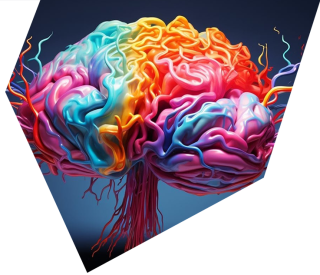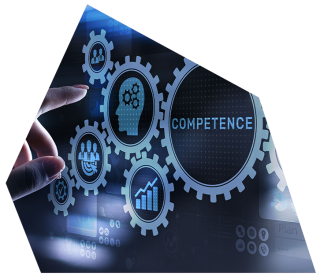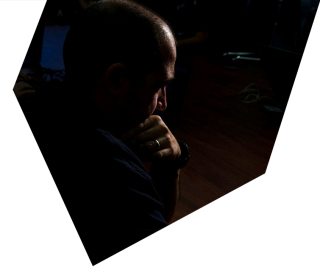
-
What We Do
-
How We Think
-
Our People
-
Our Offices
-
About Us
-
Get In Touch

If you forgive the travel into Greek mythology for a moment, I'd like you to meet Apollo and Artemis. Two symbols that stand as a profound contradiction. Apollo, the god of reason, logic, and order, contrasts sharply with his twin sister Artemis, the goddess of the wild, creativity, and intuition. A distinction I remember well through my studies of art history, just as much as in the shaping of contemporary culture.
This same metaphor extends into the modern world, where Apollo stands at the helm of those concrete traditional, data-driven approaches, where dark suits, jackets and serious faces abound; while Artemis embodies a more fluid, imaginative, and boundary-defying way of thinking, traditionally paired with converse sneakers and a t shirt. But should they be?
In a world brimming with Apollonian logic, there lies a largely uncharted territory - a place where creativity reigns and conventional boundaries dissolve.
Welcome to the Artemisian Blueprint.
Where right-brain thinking meets strategic prowess, offering an innovative lens through which to view and solve complex challenges across diverse sectors, from Defence to sustainability, and beyond.
The goddess is untamed, the wild essence of creativity and the unbridled potential of imagination. In a business context, this translates to a daring approach that doesn't just push the envelope but reimagines it entirely. A risk some fear to face.
Imagine a strategy meeting in a national security context, where instead of traditional risk assessments and tactical discussions, someone brings in a narrative designer from a leading video game company.
Absurd?
Not in the Artemisian world. Here, the designer's understanding of storytelling, virtual environments, and engaging the audience can offer fresh perspectives on tactical training and simulation. It's about stepping out of the echo chamber and inviting the unconventional into the conversation.
In addressing climate change, the Artemisian Blueprint doesn't just lean on data and doom-laden projections. It's about harnessing the power of boundary-less perspectives that not only informs but emotionally resonates, driving toward action and change through unexplored territories.
Similarly, in the fintech and insurance sectors, this blueprint challenges the norm. It's not just about algorithms and actuarial tables; it's about understanding the human story behind the numbers. It's about reimagining customer experience, blending technology with empathy - creating systems that don't just process claims but understand the stories behind them.
It's about seeing the problems that aren't visible, the upside-down mirror images, and the titled head view of the world to see a perspective that has always been there - you just hadn't looked for it.
In public policy, for example, applying this blueprint might mean looking at social problems through the lens of behavioural science and psychology. Seeing where policies should be focussed in entirely new areas, with new approaches by understanding that everything is fictional, and therefore changeable. Where traditional obstacles dissolve because we collectively chose for them to do so.
In a world that's increasingly homogenised, the ability to think differently isn't just nice - it's essential.
Businesses, government departments, agencies, and organisations that adopt this mindset are more likely to innovate, to lead, and to inspire.
The Artemisian model challenges these norms, suggesting that a creative, less conventional approach could be the key to overcoming current limitations.
As a starting point - here are a few pitfalls to avoid with traditional thinking:
The Artemisian model isn't just a theoretical approach; it's a necessary paradigm shift for businesses aiming to thrive in today's rapidly evolving landscape.
By embracing creativity, human-centred design, and bold thinking and strategy, businesses can avoid the pitfalls of traditional models and pave the way for ground-breaking innovation and long-term success.



